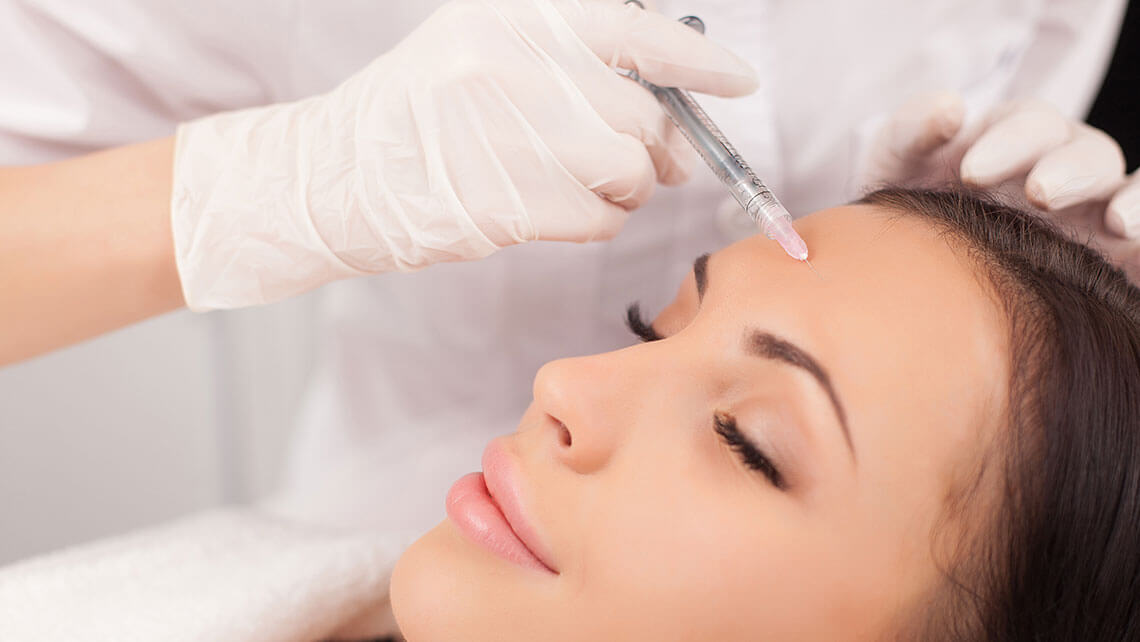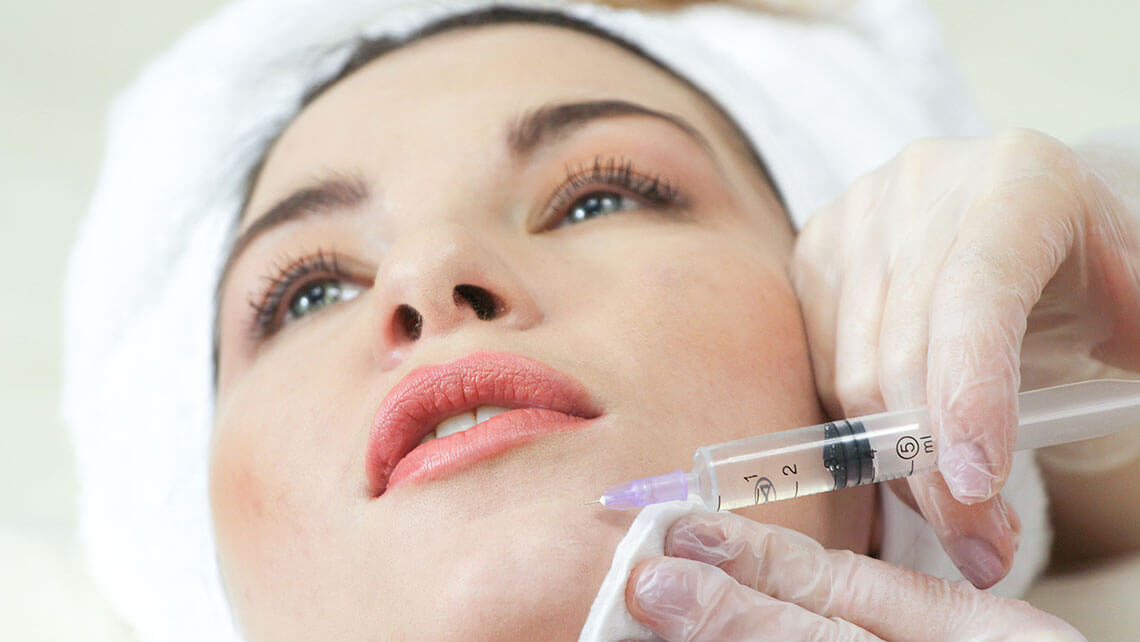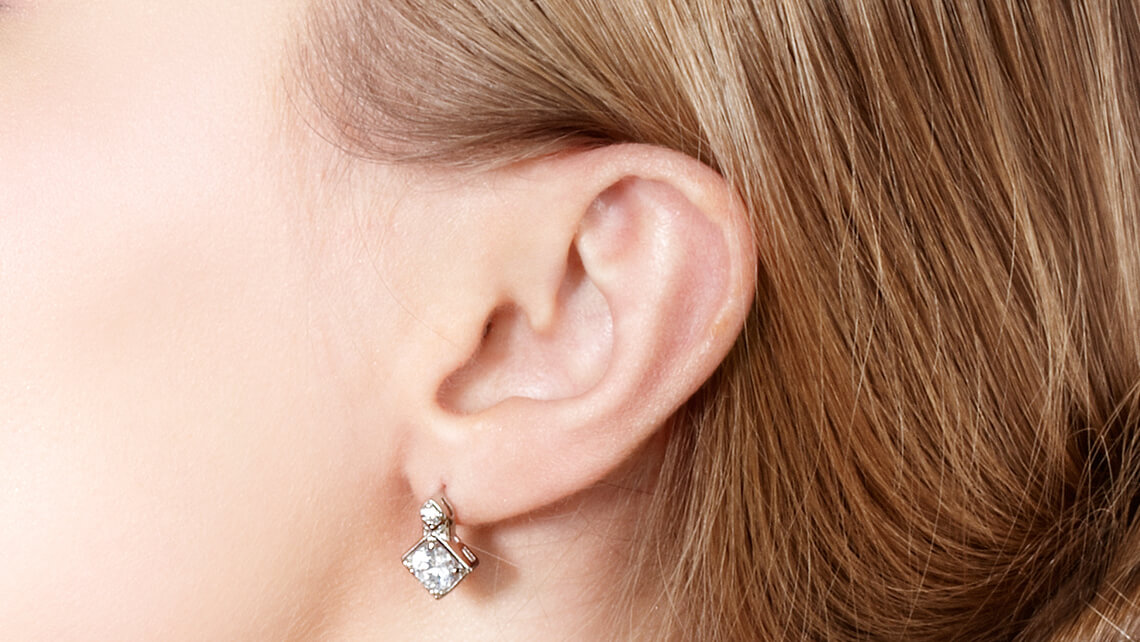Blepharoplasty, also known as eyelid plastic surgery, is a surgical procedure intended for removing excess skin and fat from the lower and upper eyelids. With this surgical procedure, you can get rid of conditions that cause you to look tired, such as wrinkles on the upper eyelid, under-eye bags, and sagging eyebrows. Reconstructive blepharoplasty is performed when such conditions begin to negatively affect your appearance. Things to consider before surgery.
If you consider blepharoplasty, the first step to take is to consult a plastic surgeon. During your meeting with your surgeon, you should share openly your expectations about your appearance and feeling better after surgery.
Before any plastic surgery, being in an emotionally balanced state is one of the most important conditions. Plastic surgery will improve your appearance and refresh your self-confidence.
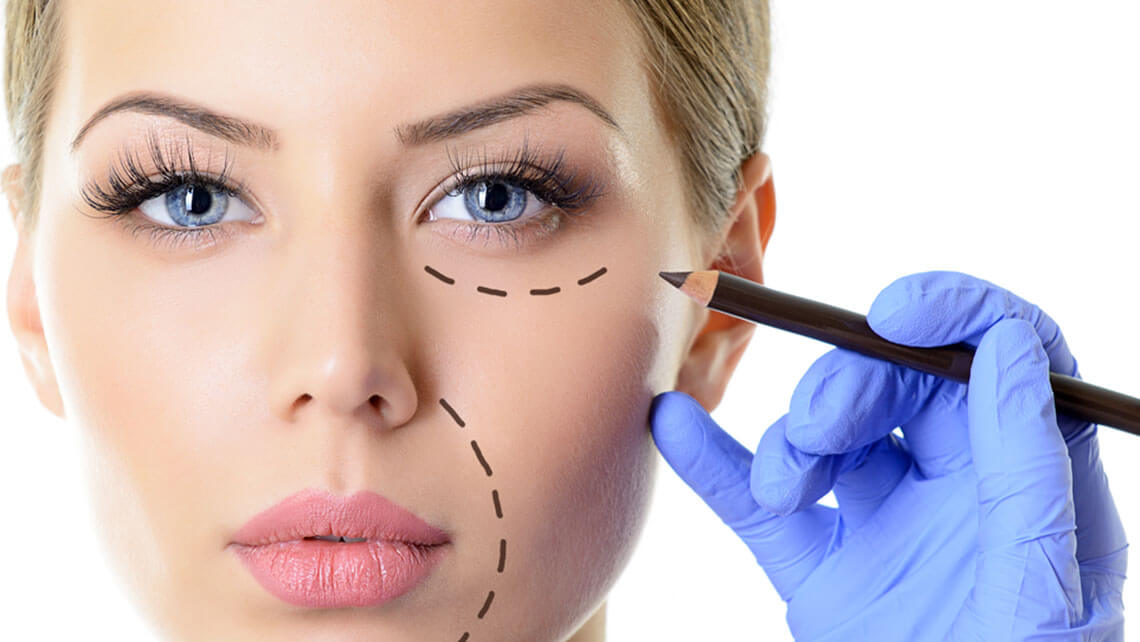
After examining you, your surgeon will also discuss other factors that affect decisions on the procedure, such as age, the condition of the skin, physical and medical issues etc. Blepharoplasty is usually performed in young individuals only to remove the adipose tissue. It may be necessary to excise the excess skin in elderly patients who have lost their skin elasticity. Before surgery, it is important to be aware of eye-related problems, which prevent vision or tear formation. Before blepharoplasty, such problems may need to be eliminated by an ophthalmologist. In some cases, such problems can also be treated during blepharoplasty.
During your first visit, the surgeon will explain the specific details including the surgical technique, the type of anesthesia, where the operation will be performed and what you must realistically expect from the surgery. During your visit, you should get information from the surgeon about other factors such as the risks and costs that should be taken into account before deciding on blepharoplasty.
Every year thousands of blepharoplasty operations are performed successfully. However, you should be aware of the potential risks involved in any surgical operation, as well as the specific potential complications that the procedure involves. Poor recovery that causes noticeable scars may require a second operation. If you follow your surgeon’s care recommendations during the recovery period, your risk of complications will be minimal.
Blepharoplasty prices and the costs of the materials used in the operation may vary. Additional expenses depend on the type of anesthesia and the hospital where the surgical operation will be performed. The costs may be higher depending on the duration of the operation and the need for additional surgical interventions.
Blepharoplasty prices and the costs of the materials used in the operation may vary. The duration of the operation, the type of anesthesia, the hospital where the operation will be performed and the additional surgical interventions required are the factors that affect the price.
After Eyelid Plastic Surgery (Blepharoplasty) - Surgical Intervention
Blepharoplasty is typically performed with intent to remove excess skin folds and under-eye bags (Figure 1). In some patients, it is also performed as an additional procedure to correct sagging eyebrows. One or all of these changes can be made during the same surgical session. The extent of the surgery depends on the changes demanded and what the surgeon deems appropriate. The exact localization of the incisions depends on your surgeon’s decision. Your surgery can be performed only in a hospital, using surgical facilities.

Figure 1: Pre-operative appearance of a patient, who is a suitable candidate for blepharoplasty with her under-eye bags and sagging excess skin on the upper eyelid.
Blepharoplasty is performed under general anesthesia or a combination of local anesthesia and sedation where the area to be operated is numbed. Before the surgery, sedatives are administered to reduce your psychological tension. The sedative and local anesthetic drugs will keep you comfortable during the surgery. If general anesthesia is preferred, you will sleep throughout the operation.
Blepharoplasty is usually performed on the upper and then the lower eyelids. In both areas, excess underlying fat tissues are removed (Figure 2). Incisions in the upper and lower eyelids follow the natural lines of the skin folds and usually extend to the lines around the outside corners of your eyes (crow’s feet).

Figure 2: The excess fat compartments on the upper and lower eyelids are removed along with the excess parts of the overlying skin.
During surgery, the surgeon first separates the skin from the underlying fat tissue and muscles. Then the excess fat is removed and the excess skin is cut off (Figure 3). The number and type of sutures to be used to close the incisions may differ at the surgeon’s decision (Figure 4). After the initial postoperative healing, the scars begin to fade and gradually disappear within six to eight weeks.
After the surgical operation, the eyes are covered with moist and cold gauze. The surgical procedure usually takes one to two hours or a little bit longer, depending on its extent.
Postoperative Recovery of Blepharoplasty
Mild pain and discomfort can be experienced after the surgery. If you feel moderate pain, it is easy to control with drugs. You will be advised to apply cold compress around your eyes and keep your head slightly elevated to help reduce swelling and bruising. If a medical dressing has been used, it is usually removed on the first or second postoperative day.

Figure 3: Excess skin is removed from the lower and upper eyelids. The incisions are positioned in the natural skin folds.

Figure 4: The appearance of the incisions closed with sutures.
Your surgeon will advise you to wash your eyes with a specified solution and apply eye drops for the first three to five days after surgery. Since the eyelid skin is thin, it tends to swell quickly and change color. However, swelling subsides and black-blue discoloration disappears when the sutures are removed within a week after surgery. It is possible to cover the remaining bruises with light make-up. Despite being rare, excessive tearing and sensitivity to bright light may be observed after surgery. However, such complaints disappear in a short time.
Removal of the unnecessary sagging skin and fat tissue around the eyes will enable you to look younger and energetic (Figure 5). Blepharoplasty, a surgical operation that provides improvement in the lower and upper eyelids, usually cannot completely correct the deep wrinkles around the outside corners of your eyes (crow’s feet).
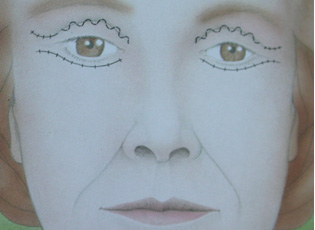
Figure 5: The appearance of the patient after blepharoplasty: The upper eyelid has no drooping skin. The lower eyelid looks tighter and softer.
You will be able to stand up on the first day, but your plastic surgeon will recommend you to follow a program based on your condition, for returning to normal. To ensure proper recovery, you should avoid intensive activities and leaning forward for two days of three. You will be advised to protect your eyes from wind and sun, and wear black sunglasses for two to three weeks. How quickly you recover and how you feel will be the factors determining the time for returning to work and normal activities.
This brochure is intended to give preliminary information about blepharoplasty. When you consider plastic surgery, you should not hesitate to ask your surgeon questions about the subjects mentioned in this brochure and any other subjects that you may want to get information about.
Prof.Dr. Serdar Öztürk

